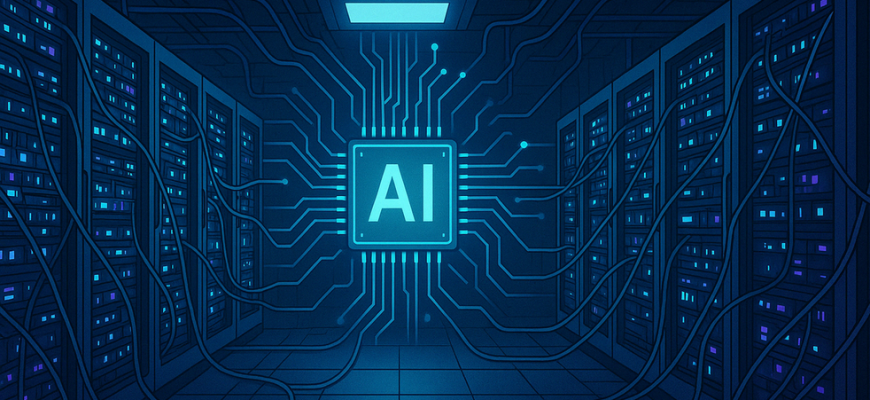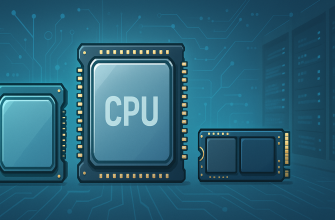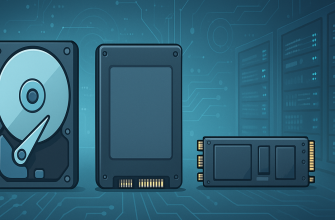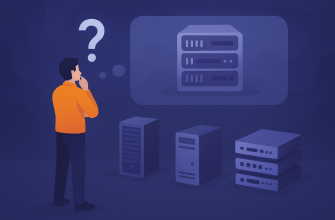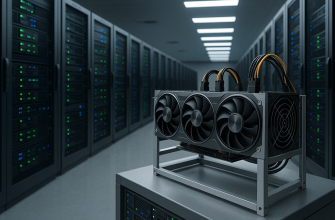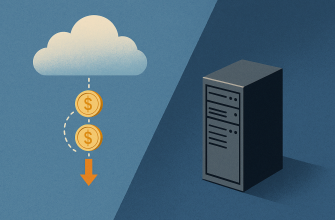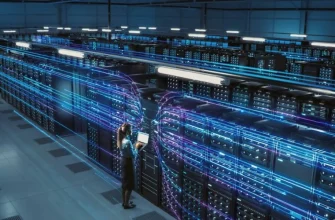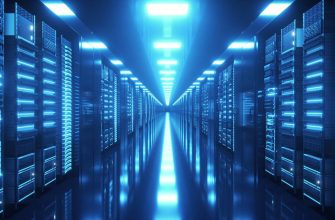- Inside the Data Centers Powering AI: What You Didn’t Know
- The Rise of AI-Driven Infrastructure
- GPUs: The Brains Behind AI Processing
- Interesting fact:
- Hyperscale Data Centers: Built for AI at Scale
- Energy & Sustainability Challenges
- Did you know?
- Edge Data Centers: Bringing AI Closer to You
- Security in the AI Era
- What the Future Holds
- Final Thoughts
Inside the Data Centers Powering AI: What You Didn’t Know
Artificial intelligence (AI) is transforming our world—but behind every chatbot, image generator, and smart recommendation engine lies a vast network of data centers working 24/7 to process and power this technology. While most people interact with AI through sleek apps and services, the real magic happens deep within powerful, energy-hungry server farms. Let’s take a look inside the high-tech infrastructure driving the AI revolution—and reveal some things you probably didn’t know.
The Rise of AI-Driven Infrastructure
AI workloads are drastically different from traditional computing. Training large-scale machine learning models, such as OpenAI’s GPT or Google’s Gemini, requires immense amounts of data, processing power, and energy. As a result, data centers have evolved to meet these demands—becoming more sophisticated, powerful, and efficient than ever before.
Key takeaway: AI is reshaping the very design and operation of modern data centers.
GPUs: The Brains Behind AI Processing
Unlike standard CPUs, which handle general computing tasks, GPUs (Graphics Processing Units) are optimized for the parallel processing required for AI tasks. Leading data centers now use thousands of GPUs, often clustered together, to accelerate deep learning computations.
Interesting fact:
- One data center training a state-of-the-art AI model can consume as much energy as 100,000 households in a day.
Hyperscale Data Centers: Built for AI at Scale
Companies like Google, Microsoft, Amazon, and Meta operate hyperscale data centers—massive facilities designed to support AI and cloud computing on a global scale. These buildings span millions of square feet and host hundreds of thousands of servers.
To support AI, hyperscale centers incorporate:
- High-speed networking for real-time data transfer.
- Liquid cooling systems to manage the intense heat generated by AI servers.
- Custom-built hardware, such as Google’s TPUs (Tensor Processing Units).
Energy & Sustainability Challenges
AI requires enormous amounts of power—not just for training models, but also for inference (running the models in real time). This energy demand has raised concerns about sustainability.
To mitigate the impact, major players are:
- Investing in renewable energy sources like solar and wind.
- Innovating with energy-efficient chips and cooling solutions.
- Committing to carbon-neutral or net-zero goals by 2030 or earlier.
Did you know?
Microsoft’s underwater data center project, Project Natick, explored how submerging data centers could improve energy efficiency and reliability.
Edge Data Centers: Bringing AI Closer to You
To reduce latency and increase speed, many companies deploy edge data centers—smaller facilities located closer to users. These centers are crucial for real-time AI applications like autonomous vehicles, smart cities, and augmented reality.
Security in the AI Era
With sensitive data flowing through these infrastructures, cybersecurity is paramount. AI data centers are fortified with:
- Advanced firewalls and encryption.
- Biometric access control.
- AI-powered monitoring systems to detect threats in real time.
What the Future Holds
As AI models grow more powerful, the demand for even more advanced data center infrastructure will rise. Expect to see:
- AI-optimized chips becoming the norm.
- Modular and portable data centers for rapid deployment.
- Quantum computing integration in elite research facilities.
Final Thoughts
The next time you use an AI tool—whether it’s generating an image, translating a language, or writing an email—remember that it’s not just software making the magic happen. It’s the result of vast, intelligent infrastructure running behind the scenes. These next-gen data centers are the true engines of the AI era—and they’re only just getting started.

